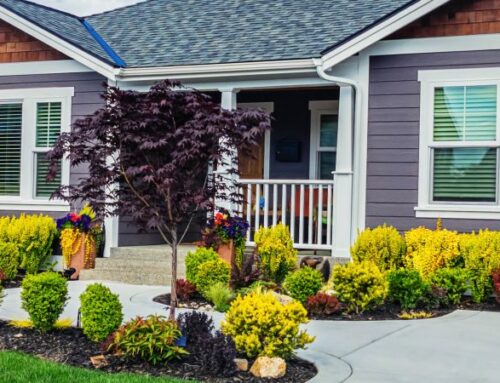The promises of a reverse mortgage — never having to pay a mortgage bill again and using your home’s equity to finance retirement — can sound too good to be true. It almost was too good to be true during the Great Recession, when more borrowers were withdrawing most of their home equity at closing and the federal government’s reverse mortgage program was failing. Legislation in 2013, however, kept the program from dying by instituting some changes, and made it safer for older Americans.
The new reverse mortgage rules from the U.S. Department of Housing and Urban Development’s Home Equity Conversion Mortgage program, or HECM, are meant to protect older Americans from themselves by reducing withdrawals, lowering loan amounts, and having the ability to pay the costs of owning a home, along with higher fees. Here are the main rule changes:
Maximum loan amounts: The maximum amount of home equity that can be borrowed against has been lowered by 10 to 15 percent. The idea behind this rule change is to prevent borrowers from spending all of their equity at once. The major benefit of a reverse mortgage is eliminating a monthly mortgage payment, which can be reason enough for older Americans to get one that will greatly help their finances, says Sean McGeehan, a mortgage loan officer in Illinois.
“It’s a life changing program that can do a lot of good for people,” McGeehan says. Borrowers are charged 0.5 percent of the loan amount as the mortgage insurance premium at closing, much less than the 2 percent charged under one of the previous programs.
Reduced withdrawals in first year: The new program limits homeowners from borrowing more than 60 percent of their loan in the first year, which stops them from taking out a huge chunk at one time and then spending it. They can take out more, but only to cover “mandatory obligations” such as paying off an existing mortgage or making repairs required by the lender.
Credit card debt isn’t considered a mandatory obligation. To take out more money for such obligations, a higher upfront mortgage insurance premium of 2.5 percent of the home’s appraised value is required — much more than the normal 0.5 percent.
Ability to pay: Borrowers must be able to pay property taxes and homeowners’ insurance premiums under the new rules meant to ensure that homeowners can afford to stay in their homes. “A lot of people were getting reverse mortgages and not paying their property taxes and insurance, and they were losing their house,” McGeehan says.
The financial assessment is based on credit history and income sources, weighed against living expenses, debts and real estate taxes and insurance. A single homeowner needs a “residual income” of $540 to $589 per month, and a couple needs $886 to $998 per month to qualify for a reverse mortgage.
Being able to take out less money from your home through a reverse mortgage, along with the other rule changes, may ultimately sound like bad news for homeowners. But in the long run, they’re meant to prevent older Americans from spending all of their home equity loan at once and then being unable to afford property taxes and other expenses of owning a home.
Home – Where your story begins…
To learn more about how Coldwell Banker Grass Roots Realty can help you buy or sell a home, please call one please call one of our four offices in:
Grass Valley Office at 530-273-7293
855 Sutton Way, Grass Valley, CA 95945
Nevada City at 530-265-3282
108 Union Street, Nevada City, CA 95959
Penn Valley at 530-432-1131
11364 Pleasant Valley Rd, Penn Valley, CA 95946
South County/LOP at 530-268-1575
10193 Combie Rd, Auburn, CA 95602





